Bygones Days: Department accused of pushing up land prices (1984)
and live on Freeview channel 276
The accusation follows the payment of around £3,000 per acre by Loughry Agricultural College for a farm nearby.
Several farmers who were out-bid by the Department for the 58 acre holding, known as Downs Farm, near Tullyhogue, Cookstown, Co Tyrone, were bitter and had taken the matter up with the Ulster Fanners' Union.
Advertisement
Advertisement
They were angry on two fronts: They claimed it was unfair to local farmers that Loughry College, with government backing, should be able to step in and snap up land with their virtually unlimited resources; they said it contradicted the government policy which had been encouraging Ulster farmers to increase the size of their holdings so as to make them more viable.
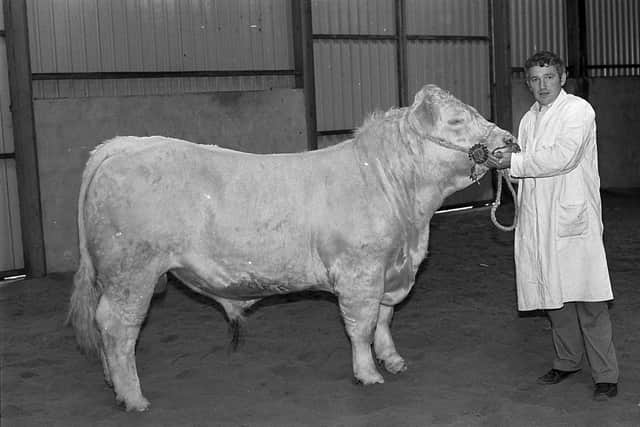

A department spokesman said that one of the reasons why it had paid out more than £170,000 for the holding, on which there is no dwelling house, was the increased number of one year certificate course students presently attending Loughry College.
He explained that in the past couple of years student numbers had soared from 40 to 120.
“In order to give all these students the necessary practical experience on a commercial enterprise it was necessary to purchase this land,” they said.
Advertisement
Advertisement
“The land will be used for the further development of facilities for these students such as in beef production, arable or, indeed, any subject which fits into the college's curriculum.”
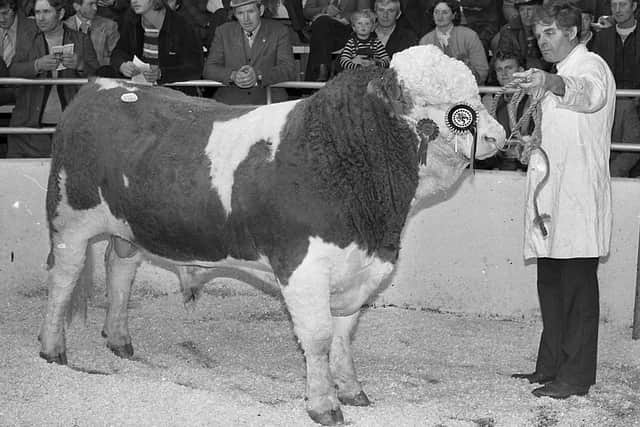

The spokesman pointed out that at that time that college owned 420 acres of arable land and, in addition to that, had slightly under 200 acres leased.
“As the development of the college is long-term it is obviously in the college's interests to own most of its own land, hence the reason for buying this farm,” they spokesperson told Farming Life.
Regarding the leased land, the spokesman said that the leases had still some time to run and the position with regard to them would not be decided until the end of the present arrangements.
Advertisement
Advertisement
Mr Verdon Wright, press officer for East Tyrone Group of the UFU described the price paid by the department for the land as exceptional.
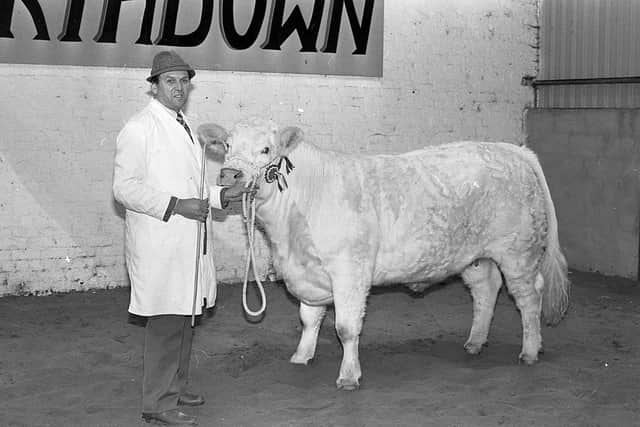

“The average price per acre is around £2,000 and in some cases this includes a, dwelling,” he said. He said he hoped farmers whose land was acquired by government departments in future for schemes such as road widening, etc, would be paid on a similar basis.
Mr John McConnell, press officer for the Northern Ireland Agricultural Producers' Association said he thought it was government policy in the United Kingdom to “be selling off their land and leaving farmers to do the farming”.
He said: “The department has got its priorities all wrong in this country. This demonstrates what we have been saying all along that the department has got plenty of cash and the sad story which they keep telling the fanning community that they have no money doesn't hold water any longer.”
Advertisement
Advertisement
Mr McConnell said that the department had been advising farmers not to pay more than £1,500 per acre for land as it would not be “a profitable proposition in the present financial climate”.
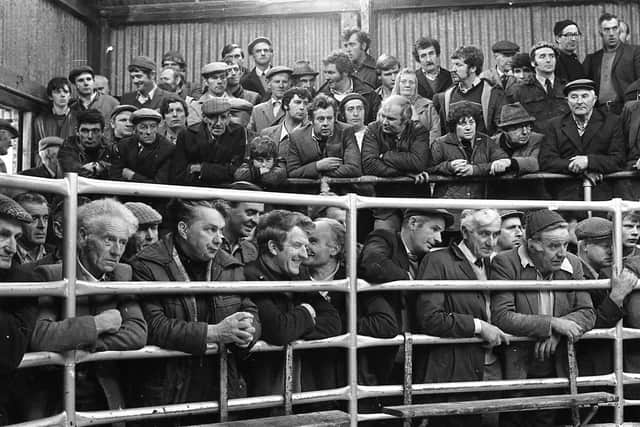

He added: “Now they are turning round and paying double that figure themselves.”
Mr McConnell continued: “If farmers are to match prices like this they will have to borrow more money and be forced deeper into debt.”
Mr McConnell said he would like to know where the department was getting all the money from when they were having to close down rural offices because of financial cutbacks.
Advertisement
Advertisement
He said: “Just a few weeks ago they said they could not afford to send one of their advisors for two hours per week to a large market town in Co Londonderry where members of the farming community are now having to fend for themselves.”
UFU raps minister for cuts: Ulster Farmers' Union president Dee Robinson during this week in 1984 commented on Minister of Agriculture Michael Jopling's statement on the impact on farming of the government spending cuts which had announced.
Mr Robinson said: “Although the details of where the actual cuts will be applied are not yet available it is obvious that the reduction of £40 million in expenditure under Capital Grant Schemes will have a serious affect on the industry's capacity to maintain or increase its competitiveness and efficiency.
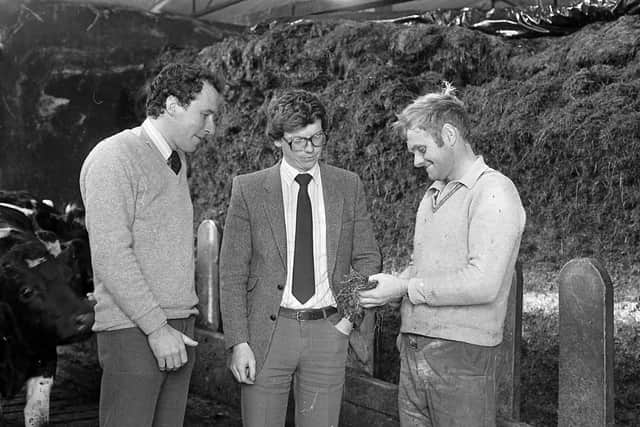

“The union has written to the Northern Ireland department urging that certain cuts, such as on drainage, should be avoided if at all possible.
Advertisement
Advertisement
“Drainage grants play a vital role in farm development in Northern Ireland and any reduction in their current level could have a serious effect.
"This cut of £40 million follows a similar cut of £30 million announced only last year and will deepen the blows that Northern Ireland farmers have already received this year.
“Farmers already face substantial increases in taxes after the recent reduction and further proposed phasing out of the first-year taxation allowances on plant and machinery and the proposal to cut the agricultural building allowances,” he said.
“A cut in investment aid of the magnitude of £40 million will make it very difficult for Northern Ireland farmers to restructure their enterprises in the light of changing production priorities.”